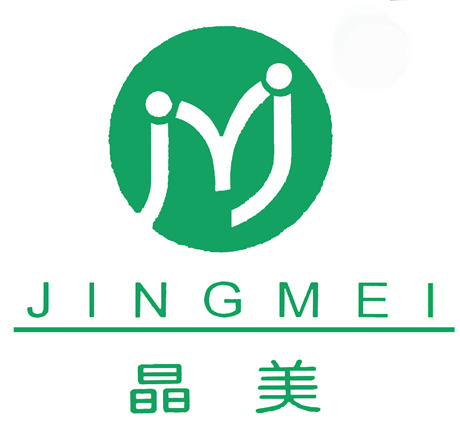NEWS
Insulating Glass: Enhancing Energy Efficiency and Comfort in Buildings
Published:
2023-10-09 10:40
Author:
Insulating glass, also known as double glazing, is a vital component in the construction and decoration industry, specifically in the field of architectural glass and processed glass. It offers numerous advantages in terms of energy efficiency, noise reduction, and thermal insulation.
Manufactured using advanced technology, insulating glass consists of two or more glass panes separated by a spacer, which is typically filled with air or gas. The spacer creates an insulating barrier, reducing heat transfer between the interior and exterior of a building. This design significantly improves energy efficiency by minimizing heat loss during winter and heat gain during summer, leading to reduced heating and cooling costs.
One of the key benefits of insulating glass is its ability to enhance thermal comfort. By creating a barrier against external temperature fluctuations, it helps maintain a stable indoor climate. This not only increases occupant comfort but also reduces the reliance on heating and cooling systems, resulting in lower energy consumption and carbon footprint.
In addition to energy efficiency, insulating glass also offers sound insulation properties. The air or gas trapped between the glass panes acts as a buffer against external noise, making it particularly valuable for buildings located in busy urban areas or near airports, highways, or railways. This feature fosters a peaceful and quiet indoor environment, promoting productivity and relaxation.
Moreover, insulating glass is highly versatile, accommodating various architectural designs and applications. It can be combined with low-emissivity (low-e) coatings to further enhance energy efficiency by reducing the amount of heat transferred through the glass. Additionally, it can be customized with tinted or reflective glass to improve privacy, control glare, and add aesthetic value to buildings.
Insulating glass finds extensive use in residential, commercial, and institutional buildings. It is commonly employed in windows, doors, skylights, and curtain walls. Its popularity stems from its ability to meet building codes and energy efficiency regulations, as well as its long lifespan and minimal maintenance requirements.
In conclusion, insulating glass is a pivotal element in the construction and decoration industry, offering remarkable benefits in terms of energy efficiency, thermal comfort, and sound insulation. Its manufacturing process, which involves the use of multiple glass panes and spacers, creates an effective barrier against heat transfer and external noise. With its versatility and ability to enhance both the sustainability and comfort of buildings, insulating glass continues to be an indispensable choice for architects, builders, and homeowners alike.
Manufactured using advanced technology, insulating glass consists of two or more glass panes separated by a spacer, which is typically filled with air or gas. The spacer creates an insulating barrier, reducing heat transfer between the interior and exterior of a building. This design significantly improves energy efficiency by minimizing heat loss during winter and heat gain during summer, leading to reduced heating and cooling costs.
One of the key benefits of insulating glass is its ability to enhance thermal comfort. By creating a barrier against external temperature fluctuations, it helps maintain a stable indoor climate. This not only increases occupant comfort but also reduces the reliance on heating and cooling systems, resulting in lower energy consumption and carbon footprint.
In addition to energy efficiency, insulating glass also offers sound insulation properties. The air or gas trapped between the glass panes acts as a buffer against external noise, making it particularly valuable for buildings located in busy urban areas or near airports, highways, or railways. This feature fosters a peaceful and quiet indoor environment, promoting productivity and relaxation.
Moreover, insulating glass is highly versatile, accommodating various architectural designs and applications. It can be combined with low-emissivity (low-e) coatings to further enhance energy efficiency by reducing the amount of heat transferred through the glass. Additionally, it can be customized with tinted or reflective glass to improve privacy, control glare, and add aesthetic value to buildings.
Insulating glass finds extensive use in residential, commercial, and institutional buildings. It is commonly employed in windows, doors, skylights, and curtain walls. Its popularity stems from its ability to meet building codes and energy efficiency regulations, as well as its long lifespan and minimal maintenance requirements.
In conclusion, insulating glass is a pivotal element in the construction and decoration industry, offering remarkable benefits in terms of energy efficiency, thermal comfort, and sound insulation. Its manufacturing process, which involves the use of multiple glass panes and spacers, creates an effective barrier against heat transfer and external noise. With its versatility and ability to enhance both the sustainability and comfort of buildings, insulating glass continues to be an indispensable choice for architects, builders, and homeowners alike.
Keywords:
insulating glass
Related News














